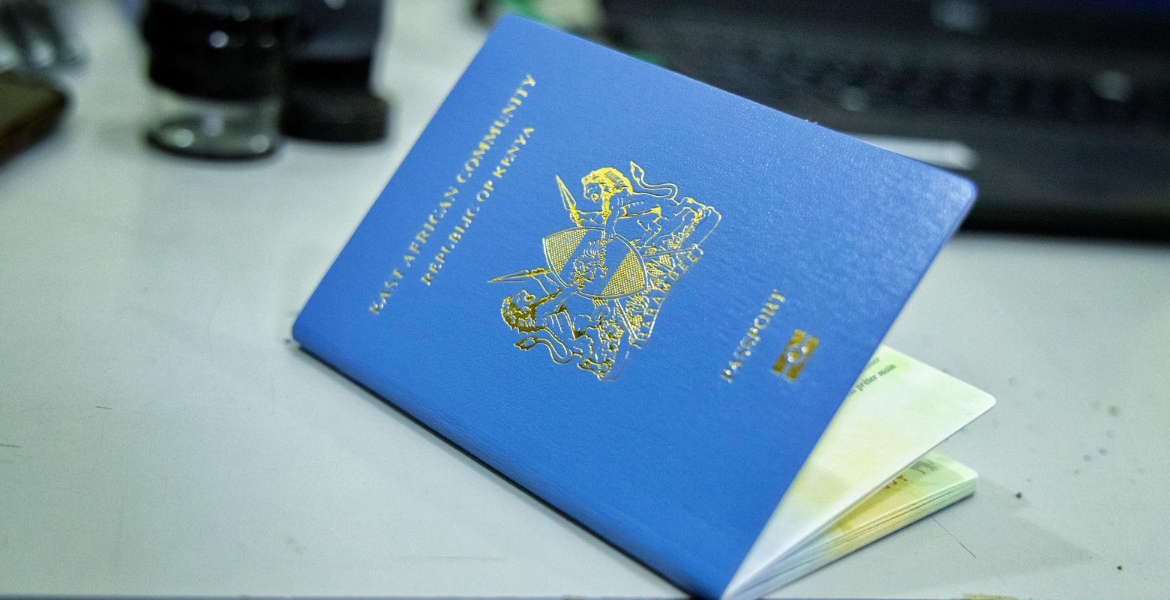How the EU’s Biometric System Will Change Your Travel Experience

The European Union will begin implementing its new Entry/Exit System (EES) on 12 October 2025, replacing manual passport stamping with biometric checks for non-EU travellers entering or leaving the Schengen Area.
The EES will introduce a centralised digital database to record the personal and biometric information of all non-EU nationals crossing external Schengen borders. This includes fingerprints, facial images, travel document details, and the time and place of entry or exit.
The system is designed to monitor the length of authorised stays more accurately and detect overstays or fraudulent entries. Full operational rollout is scheduled for completion by April 2026.
The new procedures do not change existing visa requirements for travellers from Africa, including Kenyan nationals. Schengen visa applicants will still need to provide a valid biometric passport, recent passport photos, proof of financial means, medical insurance with coverage of at least €30,000, and evidence of travel plans and accommodation.
Additional documents such as employment verification or invitation letters may be required depending on the purpose of travel. Travellers can expect longer wait times at border checkpoints during the initial phase of implementation, as first-time visitors will undergo full biometric registration.
Repeat travellers may experience faster processing once their data is stored in the system. To reduce congestion, some EU member states are considering mobile apps and self-service kiosks for partial pre-registration of biometric and personal data.
The EES will operate alongside the upcoming European Travel Information and Authorisation System (ETIAS), a pre-travel authorisation programme for nationals of visa-exempt countries. Originally planned to launch with EES, ETIAS is now expected to go live in late 2026.
Once introduced, eligible travellers must apply online, pay a €25 fee, and receive travel authorisation valid for three years or until passport expiry. Individuals under 18 or over 70 will be exempt from the fee. ETIAS will apply to travel in 29 countries, including all Schengen states as well as associated nations such as Switzerland, Norway, and Iceland.
Airlines and other carriers will be required to verify that passengers hold a valid visa or ETIAS approval before boarding. The EU’s shift to biometric border control follows a global trend towards automated immigration systems and is part of a broader digital transformation strategy.
Travellers are advised to ensure they hold a biometric passport, stay informed on new requirements, and monitor updates from individual countries regarding pre-registration options. With travel movements now digitally tracked, adherence to the 90-day limit for short stays within the Schengen Area will be strictly enforced.








Add new comment